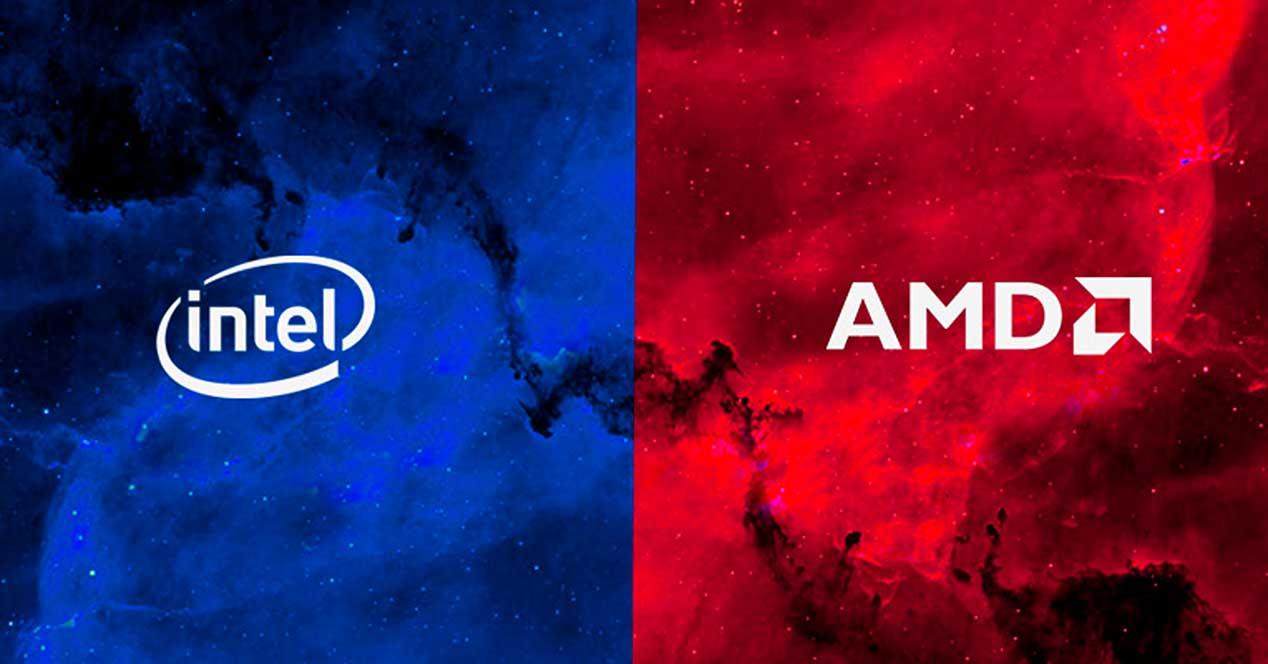That’s right, this is not 100% accurate information, and yes, it only represents the processors that have gone through the said suite database, but the number of processors collected shows a trend that is happening over the years. over the years and this coincides with what has been seen by analysts.
AMD is already ahead of desktop processors
The data reflects this, because as it has set the trend since 2019, Lisa Su has narrowed the gap by leaps and bounds and according to the data as of January 6, AMD already holds 50.6% of the quota. world of desktop processors vs. 49.4% from Intel.
This only happened at one point in history: in the first quarter of 2006, when AMD obtained the 53.9%
The departure of Zen 3 and its Ryzen 5000 was the icing on the cake, where Intel is reacting as best it can and is due to launch its new Rocket Lake-S soon to counter the push from the Red Team, but that doesn’t may not be enough yet …
In notebooks, the CPU quota decreases for the red team
Interestingly, after the launch of Zen 2 with Renoir at the helm, AMD did nothing but reduce the share of laptops. Intel is still very strong here, especially with Tiger Lake-U, not to mention Comet Lake-H, but above all because there is another compelling reason that little is talked about: the near zero availability of AMD equipment.
While the AMD architecture and models have been on par, if not above in performance and consumption, finding a laptop with an AMD processor and an NVIDIA GPU has been an odyssey for many, and let’s not talk about them anymore. price.
On the other hand, it is quite easy to find such a combination at Intel, so in gaming laptops they are ahead, but added to the general shortage of AMD, it is normal for the share to decrease. What good is a better product if you can’t sell it or if it doesn’t reach the customer? This seems to be the case at AMD, Intel veto with distributors perhaps?
On servers, the CPU share data is surprising
If there is one sector where the market performance is surprising, it is precisely in the servers. Here, Intel returns to gain an advantage over AMD and surprisingly, since it manages to extract 1.7% from its rival.
Since AMD EPYCs have more cores, higher CPI, and higher overall performance, AMD’s rollback is hard to understand if not for platform supports or compatibility and adaptation of software with hardware.
As far as we know, EPYCs are getting better and better in sales and the quota is expected to reach 20% by 2021 and be significantly exceeded by the end of this year. This data may be due to the fact that system administrators do not use Passmark as a reference suite and instead opt for Geekbench, for example, if a lower percentage of AMD processors are registered, the graphics will do the same.
We will have to wait for the market analysis by different firms to have a better idea of the current situation.












